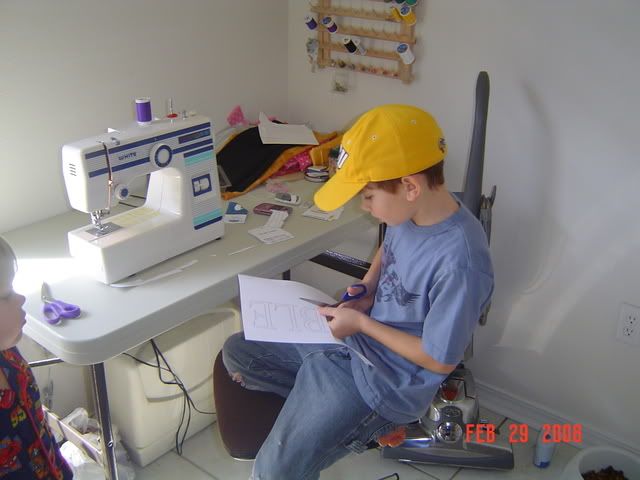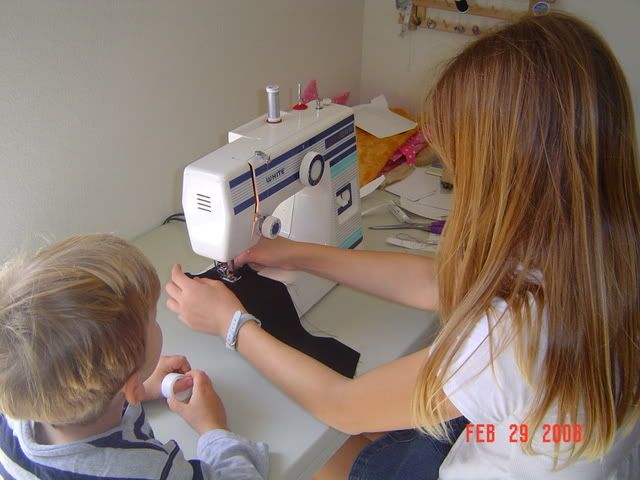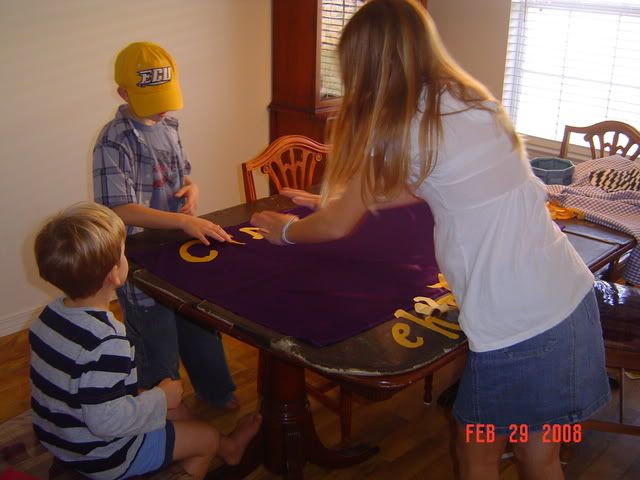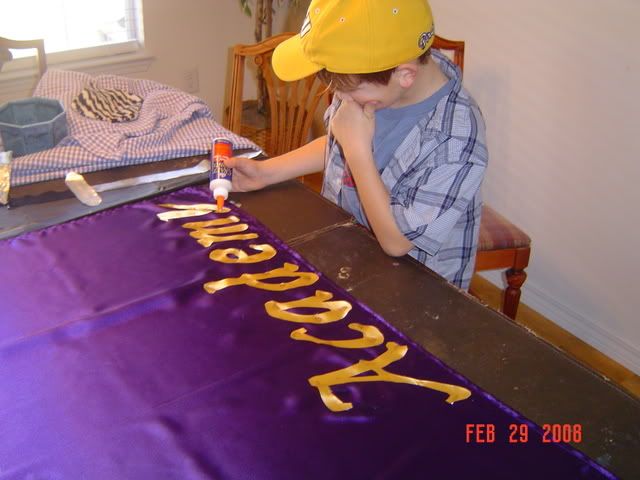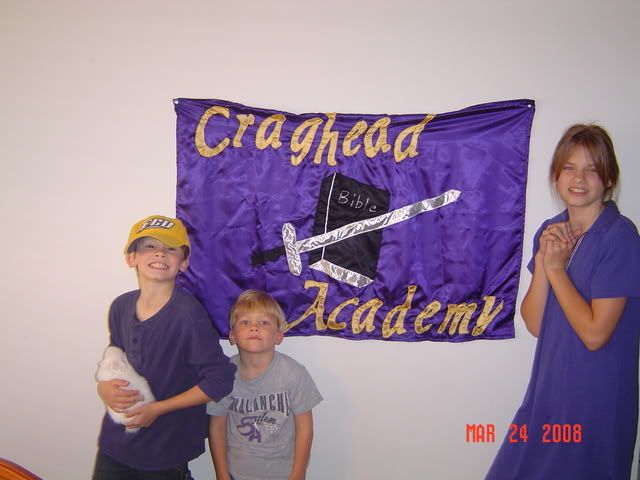Many of you have asked how I plan our homeschool year. Before I share my methods I want to encourage you to do what works best for your family. In the beginning I tried to be like all the other homeschoolers I knew, using the same curriculum, planning the same way.
Over time I realized I needed to do what was best for me and my family. Of course I’ve learned a ton from my homeschool friends, but I don’t do everything just like they do.
Usually I start planning the school year a few months before we begin. This year that didn’t happen and I found myself planning our year less than ten days before our start date. While this works, it is not ideal. I’m still waiting on curriculum to arrive and schedules to be finalized. Since I’m a planner this is definitely stressful for me. I much prefer to have our year planned out in July if we are starting in August.
Homeschool Planning
Create Our Yearly Calendar
Over the years we’ve done everything from homeschooling four days a week, homeschooling year round, to taking our summer break in October. Depending on our family’s schedule I create a calendar for the school year. This year we are following a traditional school calendar because our oldest is graduating and needs to finish by mid-May. I’m using a free downloadable calendar from Five J’s which I color-code for each nine weeks and holidays.
List Children/ Subjects
For my younger children I fill out a curriculum form for each child. I list the subject and the curriculum we will be using. I have to submit this information to our umbrella school anyway, so having a record for myself keeps me from forgetting about a class. (Trust me with six kids doing different things it is easy to forget something)
For my high school kids I use my high school credit planner to track their subjects and curriculum.
You can download a free copy of the high school credit planner here.
Choose/ Purchase Curriculum
Since I have been homeschooling for eleven years I usually know what curriculum we are using but occasionally I change it up. I have a fairly large collection of used curriculum so I’ve found that over the years I need to purchase less and less for my younger children. This year I switched our history and math so I researched a few different options during my planning time.
I order almost all of my curriculum online from either ChristianBook.com, Amazon, or Rainbow Resource. I usually qualify for free shipping and it is easier than dragging a luggage cart around a homeschool convention.
Make Schedules
After I’ve decided what curriculum each child is using I draft a rough schedule. For many years I made up a complex schedule with half-hour time blocks for each activity. This type of schedule worked well for me for exactly two years. They were the years I had a newborn, toddler, four year-old, and two elementary students.
Once I had more school aged children this schedule fell apart. My older kids didn’t like being told what to do every half-hour of their day until 5pm. I found that some of my younger kids simply couldn’t finish their entire lesson in 30 minutes. Throughout the year children would go through phases of needing to spend significantly more or less time with me.
I finally got tired of revamping our schedule every few weeks and I stopped using such a structured schedule. We still have a schedule, my older children have “milestones” they need to reach by the end of each week and my younger children work together around the table and I am available to help.
Everyone takes turns watching Cora when I’m working one-on-one when she isn’t sitting with me. I have one child who needs isolated (quiet) time with me to learn so that happens while the other kids are fixing lunch.
My older children each receive weekly schedules on Monday that detail what they need to complete by the end of the week and my little kids have blank schedules that we fill out as we go. I’ve found that my little kids often enjoy doing extra lessons so a blank schedule allows us to be flexible with our school day.
Make Copies
I do not like making copies right before our lesson. If I get up and leave the table to mess with the copier one child will disappear, one will start doing something else, one will get a snack and it takes 15 minutes to get everyone focused again. Every nine weeks I print out all the copies before we begin. It helps keep me organized and on track once we begin our lessons. Oh, and I almost never run out of printer ink or paper in the middle of a lesson!
Review the Curriculum
I am pretty well acquainted with most of our curriculum but if we are using something new I take time to thoroughly look through the books and familiarize myself with the program. Looking over the curriculum helps me gauge how many lessons we need to complete in a week to finish on time and how long I expect my child to spend on the lessons. After reviewing the curriculum I make a basic outline of how long it will take to complete each subject.
Create a Supply List
I don’t like to be surprised when I open the book and realize I need a batch of salt dough, four cardboard boxes, and a 9 volt battery for our next project. I try to create a supply list at the beginning of each nine weeks so I’m not stuck paying for overnight shipping or running to Target at 9:30 pm to pick up needed items. My older children are responsible for creating their own supply lists and giving them to me before the nine weeks begin.
Create Hour Sheets and Gradebooks
For some high school classes hours are logged to make sure the course fulfills the credit requirement. I create google docs that can be shared between myself and my high school kids that they use to log their hours.
In the past I’ve created my own gradebooks, but this year I’m using Gradebook which is a free program for either Excel or OpenOffice. So far I like the program, but we haven’t officially started yet. 🙂
I create a simple table in a word document to log my younger children’s grades. I don’t start giving formal tests until my children are in 3rd grade so recording keeping is minimal during the early years.
Pray For Our School Year
Homeschooling is hard. Don’t let anyone tell you it isn’t. I truly love spending time with my kids, but being together 24 hours a day, seven days a week gives more opportunities for sanctification than I can list in this article. I know there will be challenges throughout the year, I know we will fall behind then race to catch up. I pray for grace and patience for me and a heart to learn for my children. I pray for cheerful attitudes for everyone.
I pray that I will make the most of my time with each child and that our relationship will strengthen throughout the year. Finally I pray that we will all survive Cora’s toddler years.
This year I spent two full days alone working through my homeschool planning. For the first time in eleven years of homeschooling my husband was in town and able to take the kids to grandma’s for the weekend so I could plan alone, uninterrupted.
In the past I’ve traded babysitting with friends or set aside a week and planned every evening from 8pm until 11pm. While it is ideal to have uninterrupted time, you can still get all your planning done in spurts if you are focused.
That’s how homeschool planning looks for me. I’d love to hear about your homeschool planning and if you have any specific planning questions leave them in the comments and I’ll do my best to answer them.



